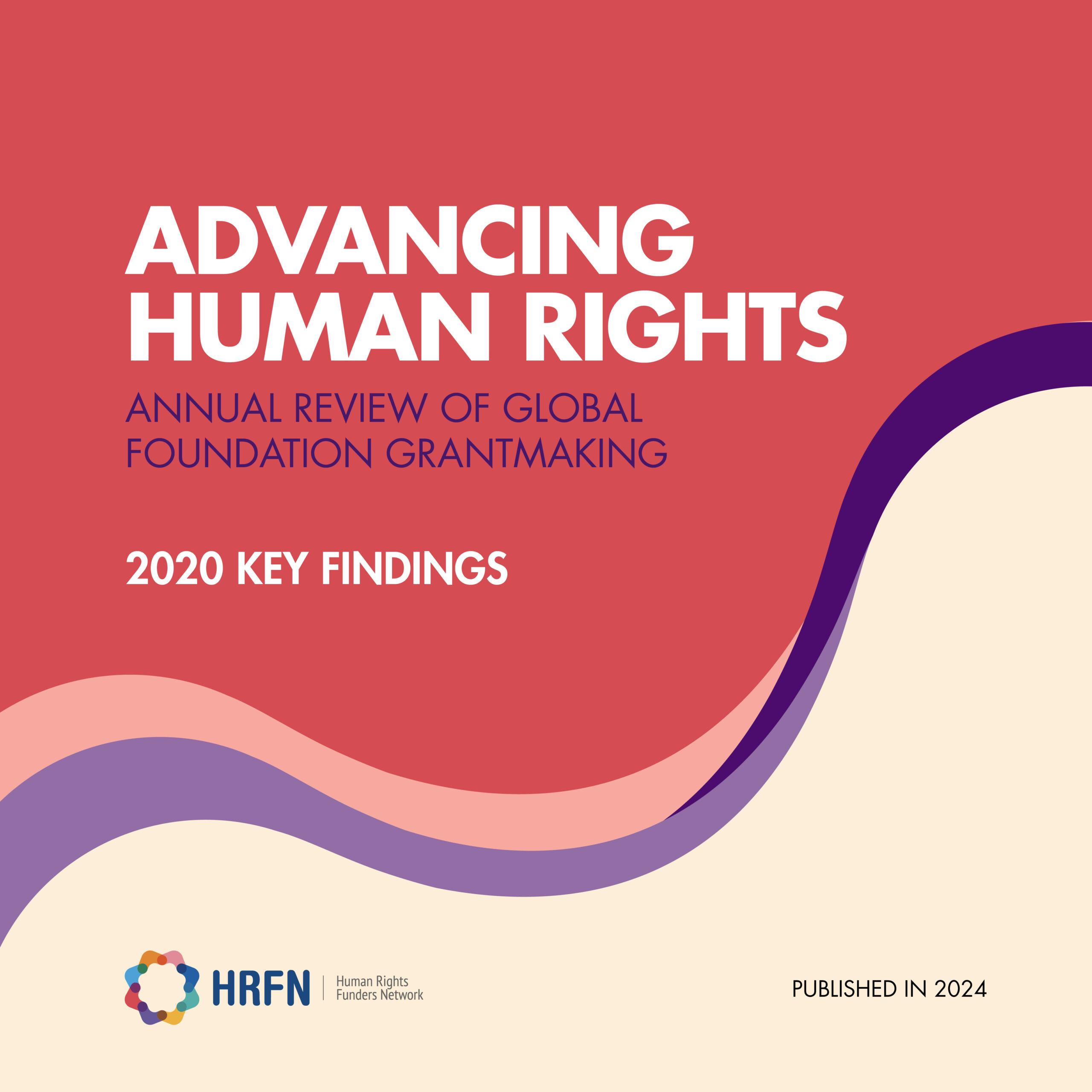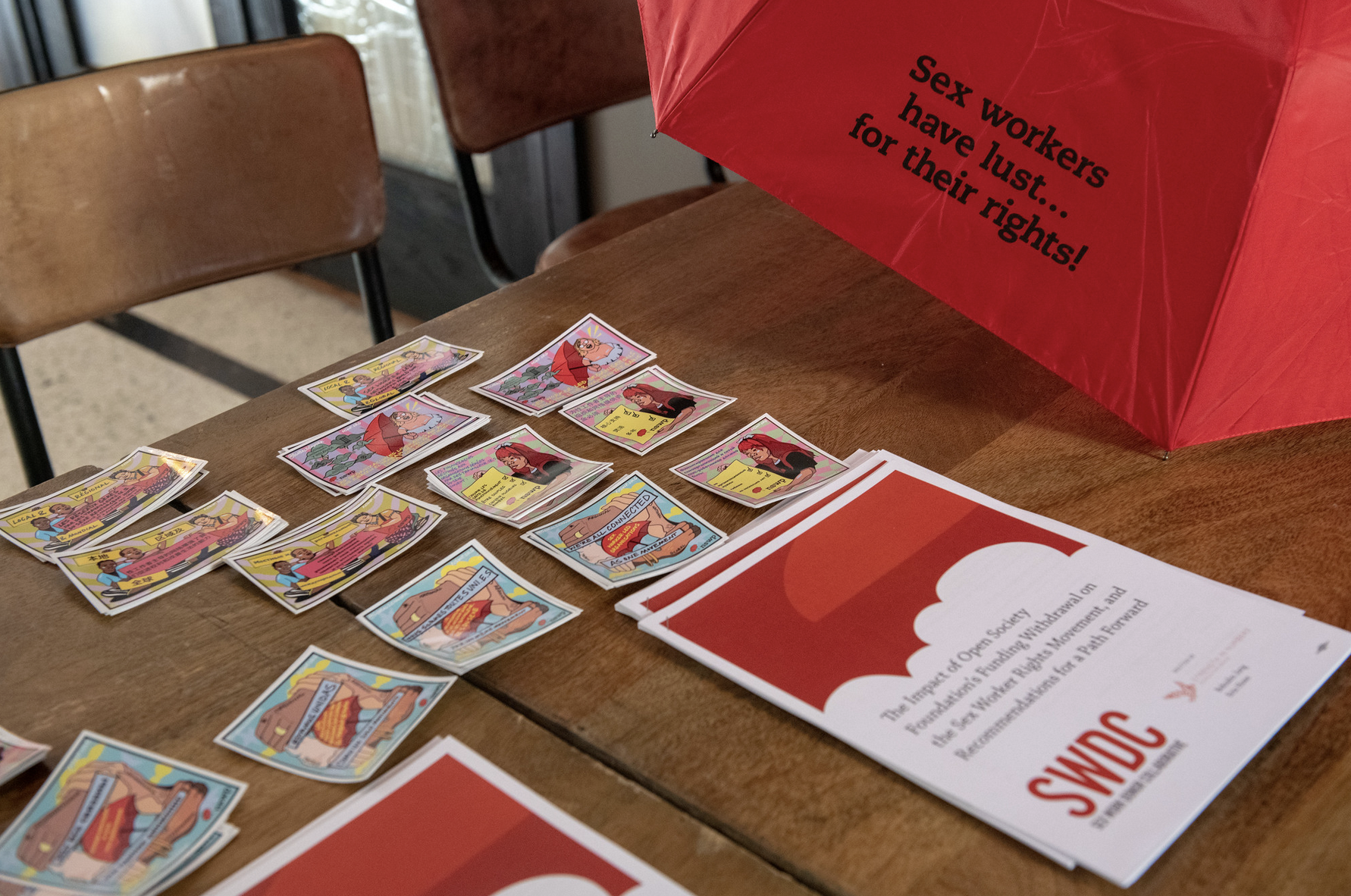Funding the Frontlines: The Value of Supporting Grassroots Organizing
Originally published on the blog Philantopic by Philanthropy News Digest (PND) on August 2, 2016, Hilal Baykara of the Sabanci Foundation discusses the importance of funding grassroots movements and the value of developing a diversified grantmaking portfolio.
Over the last decade or so, human rights organizations, democracy activists, journalists, and civil society groups around the world have faced increasing constraints on their work. Legal and administrative barriers imposed by governments have made it more difficult to operate in civic space. Activists have been subjected to intimidation when they gather in  public, voice their views, or set up new organizations. In some countries, foreign and local funding for NGOs has been scrutinized, restricted, and even banned. These factors have combined to negatively affect the human rights agenda and have resulted in a phenomenon known as “shrinking civic space” around the globe.
public, voice their views, or set up new organizations. In some countries, foreign and local funding for NGOs has been scrutinized, restricted, and even banned. These factors have combined to negatively affect the human rights agenda and have resulted in a phenomenon known as “shrinking civic space” around the globe.
Against that backdrop, human rights funders are doing their best to keep open and, where possible, expand civic space. The International Human Rights Funders Group (IHRFG) and Foundation Center’s new report Advancing Human Rights: The State of Global Foundation Grantmaking showcases that work in numbers: In 2013, 803 funders worldwide allocated $2.3 billion in support of human rights. The report identifies these funders, the regions and the issues they support, and the populations they target. This year’s research also examines the strategies supported by human rights funding. Ranging from policy advocacy to grassroots organizing, the report defines eleven approaches and finds that:
- Activities related to advocacy — to ensure that states and non-state actors recognize, conform to, and implement international human rights standards — receive the largest share of funding dollars (27 percent).
- Capacity-building and technical assistance for civil society organizations receives the second largest share of human rights funding (15 percent).
- Research and documentation — to expose human rights violations and their perpetrators — is the third largest category of funding (13 percent).
What I find most interesting in this research is the amount of funding allocated to grassroots organizing — a mere 2 percent. This statistic aligns with the findings of the Civicus study The State of Civil Society, 2015, which notes that NGOs receive only 1 percent of official development assistance. For local civil society organizations, the picture is even bleaker: their share is just 0.2 percent. So the funding, if available, primarily supports large, high-profile NGOs, whereas those organizing at the community level do not have nearly enough access to resources. In other words, we are not close to “funding the frontline.”
Why are funders failing at the local level? Do they assume that if the big groups are supported, change will eventually trickle down to those most in need? One possibility is that human rights funders may not fully appreciate the potential of funding grassroots organizing.
Before I get to that, let’s make sure we’re on the same page when we talk about the “grassroots.” Grassroots organizations consist of rights-holders — people who are directly affected by a problem or whose rights have been infringed or violated. These groups use collective action to address obstacles to the full realization of their constituents’ rights, not only locally but also at the national and international levels. They are associated with bottom-up decision making and are seen as being more spontaneous than groups plugged into more traditional power structures. They seek to challenge and change the status quo.
In most cases, the methods and worldview of grassroots groups align perfectly with the goals of human rights funding. Promoting discourse, giving voice to the people, advocating for more equitable sharing of power, enabling equal participation and fighting inequality — aren’t these the reasons we fund human rights? And if civic space is shrinking, shouldn’t we be more mindful about opening up space for those who need it?
If these questions alone don’t inspire you, consider the impact of funding at the grassroots level:
- Better outcomes: Grassroots organizations often are in the best position to understand and address the underlying and systemic forces at the root of the problem. And they work to create solutions that reflect their vision for a better, more just world. Although they may fail to achieve their objectives at first, they try and try again, and keep trying until they succeed.
- Sustainable solutions: Grassroots organizers engage deeply with the communities they represent. They know the social fabric of those communities well and are committed (in a way that larger organizations may not be) to developing sustainable solutions that work for their constituents.
Lower costs: Compared to big NGOs that regularly incur the costs of travel, accommodations, temporary consultants, and related expenses, grassroots organizations have lower operating costs because they are embedded in their communities. - Self-sufficient communities: Grassroots organizing is the process of supporting communities to change their futures for the better. The process itself is rewarding, especially in terms of teaching new skills. From problem identification to defining strategies and shared outcomes, grassroots organizing builds permanent infrastructure within communities so they are better equipped to solve their problems through collective action. It is an essential strategy for building self-sufficient communities and supporting local development.
With so many benefits, why do human rights funders hesitate to fund grassroots organizing? Sure, it isn’t easy; supporting grassroots organizing requires time, effort, and patience. But the added value in terms of actual social change cannot be ignored. Think of it as buying a risky yet high-yield bond, with big NGOs as safe, moderate-yield bonds. Instead of putting all their eggs in one basket, experienced investors look to build a diversified portfolio that combines the best possible returns with an acceptable level of risk. The same holds for a human rights funder/investor. In other words, we should think seriously about increasing the share of grassroots organizations in our grantmaking portfolios.
For those who think this is easier said than done, here’s an example of a diversified grantmaking portfolio in the human rights area. Since 2008, the Sabanci Foundation, a private family foundation based in Turkey, has supported civil society organizations working to promote the equal and active participation of youth, people with disabilities, and women in Turkish society. As a local human rights funder, we’ve always had the tools to reach grassroots organizations. It wasn’t until the last three years or so, however, that we began to question whether supporting advocacy activities by big NGOs was the best way to advance human rights in Turkey. As we did, we began to realize that changes in norms and mindsets required more of a bottom-up and on-the-ground approach. It meant that we needed to support grassroots groups and organizing in a more intentional and meaningful way.
We are currently in the process of creating that portfolio, and the strategies we are adding include: 1) advocacy for policy/implementation change; 2) awareness-raising to help drive a shift in the public agenda; 3) scaling of successful pilot models; and 4) empowering communities by lifting up their voices. Grassroots organizing mainly falls under that last category. But as groups working on the ground become better at organizing themselves, they are likely to become a key part of our other three strategies. For example, we have supported an organization that is trying to create a school-based intervention model aimed at preventing child marriages. If the model proves successful, we will be able to provide funding to scale it (our third strategy) and can also support advocacy and awareness-raising efforts around it (our first and second strategies). Establishing these strategies at the outset not only helps us identify the impact we are trying to create, it will also support the development of grassroots organizations in a more strategic way.
Frontline_power-to-the-peopleAs the shrinking of civic space becomes an increasingly pressing global issue, the role of foundations that support human rights work for systemic change is more critical than ever. Although human right funders are still waking up to its potential, grassroots organizing is an essential strategy for catalyzing systemic change by promoting just and long-lasting solutions owned by communities. I invite the human rights funding community to diversify its grantmaking portfolios and do a better job of amplifying the voices of the grassroots. In doing so, we not only will be supporting work for the people, but by the people. After all, it’s the people most affected by a problem who are in the best position to determine its solutions.
Hilal Baykara is grant programs supervisor at the Sabanci Foundation, a private family foundation based in Turkey. At the foundation, she overseas grantmaking programs for civil society organizations and supports the design of philanthropic programs for social change. She also is a member of the Grantmaking Organizations Network and Philanthropy Professionals in Turkey and is passionate about civil society organizations and development.



